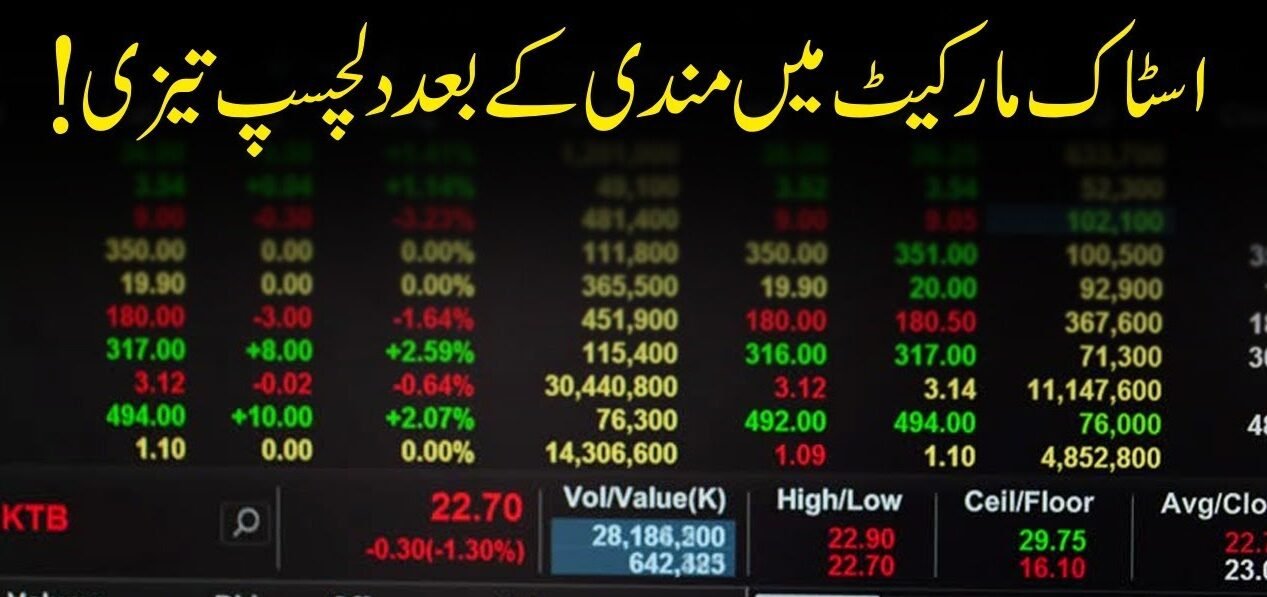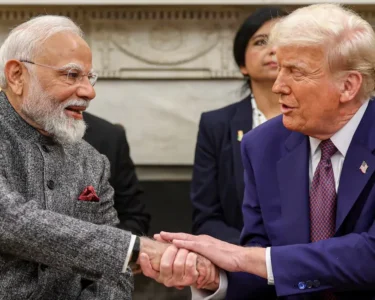Islamabad/New Delhi – In the wake of the deadly Pahalgam terror attack, which claimed 26 innocent lives, Pakistan is facing a massive financial backlash, with its stock market experiencing one of the steepest declines in recent years. The Karachi Stock Exchange’s KSE-100 index has tumbled over 7,100 points in just one week, a drop of nearly 6%, leaving investors rattled and economic experts sounding the alarm.
This sharp downturn between April 23 and April 30, 2025, comes as India takes decisive diplomatic and military measures following the terror strike, which was claimed by The Resistance Front (TRF), a group with alleged links to Lashkar-e-Taiba. The looming threat of Indian retaliation and the broader geopolitical fallout have shaken investor confidence, leading to widespread selling across the Pakistani bourses.
Investor Panic Grips Pakistan
The largest single-day plunge occurred on April 30, when the benchmark KSE-100 index lost 3,545 points, a 3.09% drop, closing at 111,326.57. The rout was led by declines in heavyweight stocks such as Lucky Cement (LUCK), Engro Corporation (ENGROH), United Bank Limited (UBL), Pakistan Petroleum Limited (PPL), and Fauji Fertilizer Company (FFC) — together accounting for more than 1,100 points of the day’s losses.
Although there was a minor bounce-back on May 2, with the index gaining 2,785 points (2.5%) to end the session at 114,119, analysts warn that this recovery may be short-lived. Renowned market analyst Arif Habib told ET, “This upward move is merely technical. Without diplomatic reconciliation and easing of tensions, the markets will continue to be volatile.”
Diplomatic Shocks and Military Escalation
India’s response to the Pahalgam massacre has gone beyond just verbal condemnation. The Indian government swiftly took several strategic steps to isolate Pakistan diplomatically. These included the suspension of the SAARC Visa Exemption Scheme, partial withdrawal from the Indus Waters Treaty, expulsion of Pakistani military officials from India, and the closure of the Attari-Wagah border — all of which sent ripples across Pakistan’s financial markets.
On April 24, within minutes of the market opening, the KSE-100 index plunged over 2,500 points, or 2%, in reaction to India’s announcements. Though some losses were recovered later in the session, the day ended in negative territory, underlining investor anxiety over further escalation.
Meanwhile, Prime Minister Narendra Modi has given the Indian armed forces full discretion to determine the nature, targets, and timing of any military response. Since then, Indian forces have carried out precision operations against Pakistani ceasefire violations in regions like Kupwara and Poonch.
Warnings, Pleas, and Uncertainty
Amidst the growing unease, a hotline conversation between the Directors General of Military Operations (DGMOs) of both nations concluded with India issuing a clear and stern warning to its neighbor. At the same time, Pakistan’s Ambassador to the United States, Rizwan Saeed Sheikh, appealed to President Donald Trump for American diplomatic intervention.
In a statement quoted by Newsweek, Sheikh described Kashmir as a dangerous flashpoint that could potentially threaten global peace. He urged Washington to step in and facilitate dialogue between the two nuclear-armed nations.
However, diplomatic efforts appear to be in limbo, while border tensions continue to rise. Pakistan’s own actions — including reported ceasefire violations — have only added fuel to the fire, making a diplomatic thaw unlikely in the immediate future.
Economic Fallout and Global Perception
Economists argue that Pakistan’s financial struggles are deepening not just because of external threats but also due to long-standing economic vulnerabilities. “A country’s global relevance isn’t defined solely by military prowess,” said an economist on condition of anonymity. “It’s also determined by its economic stability, fiscal health, and how the global markets perceive its political and financial direction.”
The latest market collapse is yet another blow to Pakistan’s already fragile economy, which has been battling high inflation, dwindling forex reserves, and structural fiscal deficits. The situation is further complicated by the risk of sanctions or loss of investor confidence in case tensions with India escalate further.
Conclusion
As the geopolitical crisis intensifies, Pakistan finds itself on shaky ground both diplomatically and economically. While the military rhetoric continues to rise, it is the stock market — a reflection of investor sentiment and economic stability — that may already be signaling defeat.
Unless cooler heads prevail and backchannel diplomacy resumes, the meltdown in Pakistan’s financial markets may only be the beginning of a broader economic fallout.







